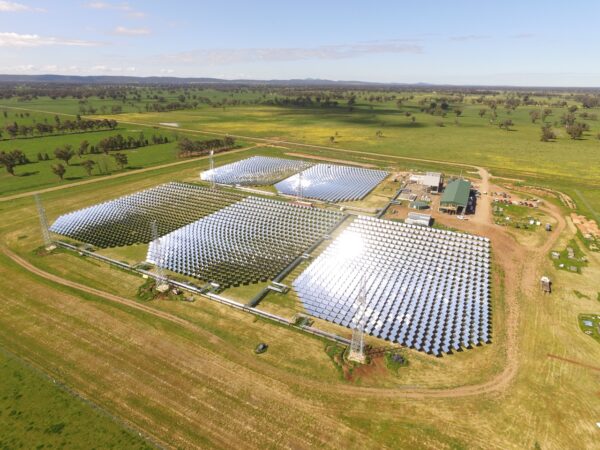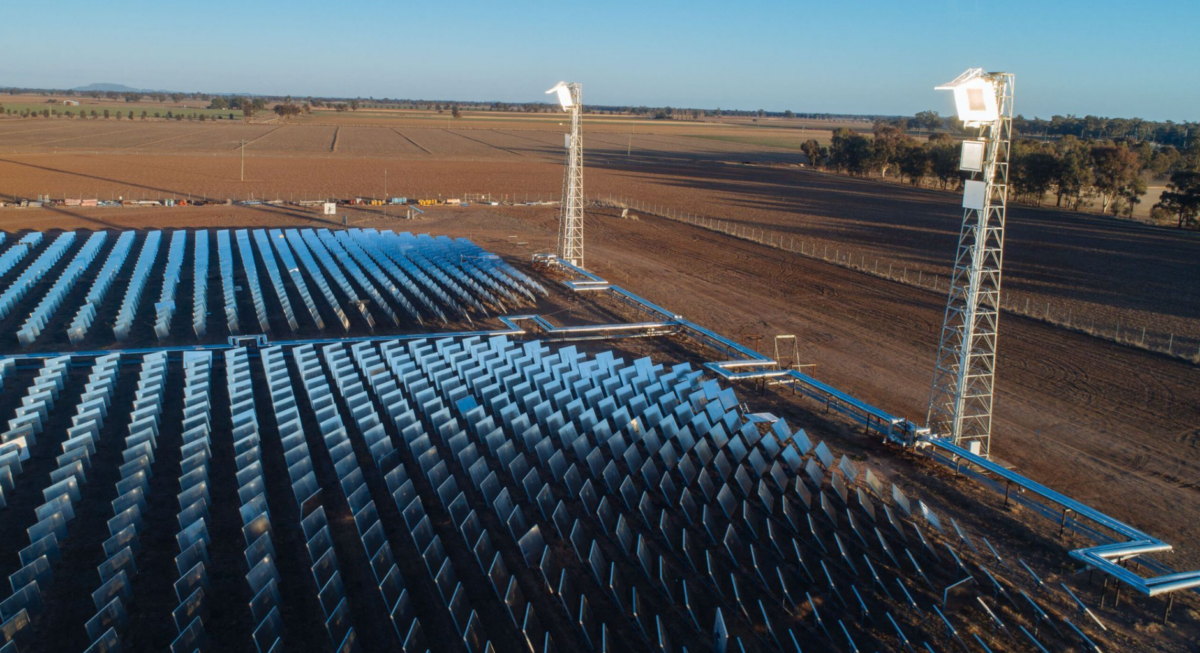Co-developers of a concentrated solar thermal power (CSP) plant, 20 km from Port Augusta, South Australia (SA), have received planning consent for a solar methanol project (SM1) to produce green fuels using technology that generates zero-carbon, utility scale electricity and industrial process heat.
The consent moves the project toward a final investment decision, enabling Vast, and energy company Mabanaft, to produce hydrogen derivative, green methanol.
The project will be powered by a co-located, utility-scale 30 MW / 288 MWh CSP plant, called VS1, which will use Vast’s modular tower CSP v3.0 technology to provide renewable heat and renewable electricity, and power the 10 MW electrolyser in SM1. A 150 MW CSP v3.0 plant is also planned, that will co-locate with VS1 and SM1.
Vast CEO Craig Wood said the planning consent is an important milestone for the major project, the region and state.
“SM1 will produce low-cost green fuels, which can play an important role in decarbonising the global maritime industry. The combination of technologies can be scaled rapidly, acting as a catalyst for a green fuels industry in Australia and around the world,” he said.
The process will use an electrolysis plant to produce hydrogen, a methanol plant and a “Leilac” calcination plant, which captures carbon dioxide produced in the making of cement and lime, developed by Australian environmental technology company Calix.

Image: Vast Renewables
Calix CEO and Managing Director Phil Hodgson said capturing and using unavoidable emissions from cement and lime is an exciting option to help decarbonise multiple hard-to-abate industries.
“It is pleasing to see this innovative and collaborative project achieve another important milestone, bringing a world’s first solar methanol plant one step closer to being realised,” he said.
SM1 will have the capacity to produce 7,500 tonnes of green methanol per annum, a derivative of hydrogen suitable for the decarbonisation of shipping.
Mabanaft Senior Vice President New Energy, Supply and Infrastructure Volker Ebeling said after evaluating the effectiveness, the company expects larger scale projects to be developed that would serve other markets, including Europe.”
The project supports South Australia’s push to develop a domestic hydrogen industry and, if successful, could create an important pathway for scalable green fuel production that is not dependent on limited biomass resources.
In February, Vast and partners announced the signing of funding agreements for SM1 of $19.48 million (USD 12.9 million) from the Australian Renewable Energy Agency (ARENA). Additional funding of $20 million was granted to Mabanaft by a German partner Projektträger Jülich.
That funding is part of HyGATE, a collaboration between the Australian and German governments to support real-world pilot, trial and demonstration projects along the hydrogen supply chain.
This content is protected by copyright and may not be reused. If you want to cooperate with us and would like to reuse some of our content, please contact: editors@pv-magazine.com.








By submitting this form you agree to pv magazine using your data for the purposes of publishing your comment.
Your personal data will only be disclosed or otherwise transmitted to third parties for the purposes of spam filtering or if this is necessary for technical maintenance of the website. Any other transfer to third parties will not take place unless this is justified on the basis of applicable data protection regulations or if pv magazine is legally obliged to do so.
You may revoke this consent at any time with effect for the future, in which case your personal data will be deleted immediately. Otherwise, your data will be deleted if pv magazine has processed your request or the purpose of data storage is fulfilled.
Further information on data privacy can be found in our Data Protection Policy.